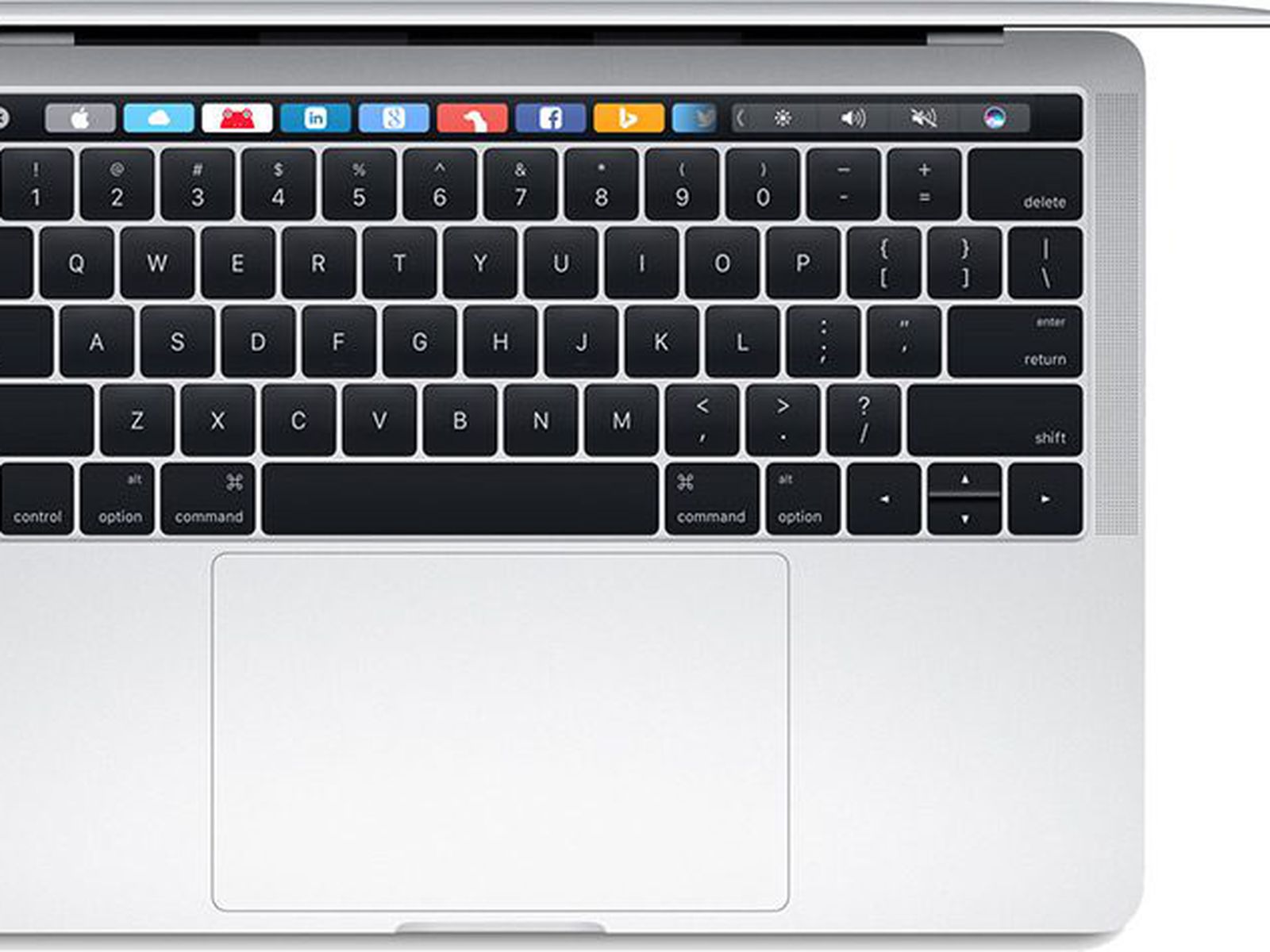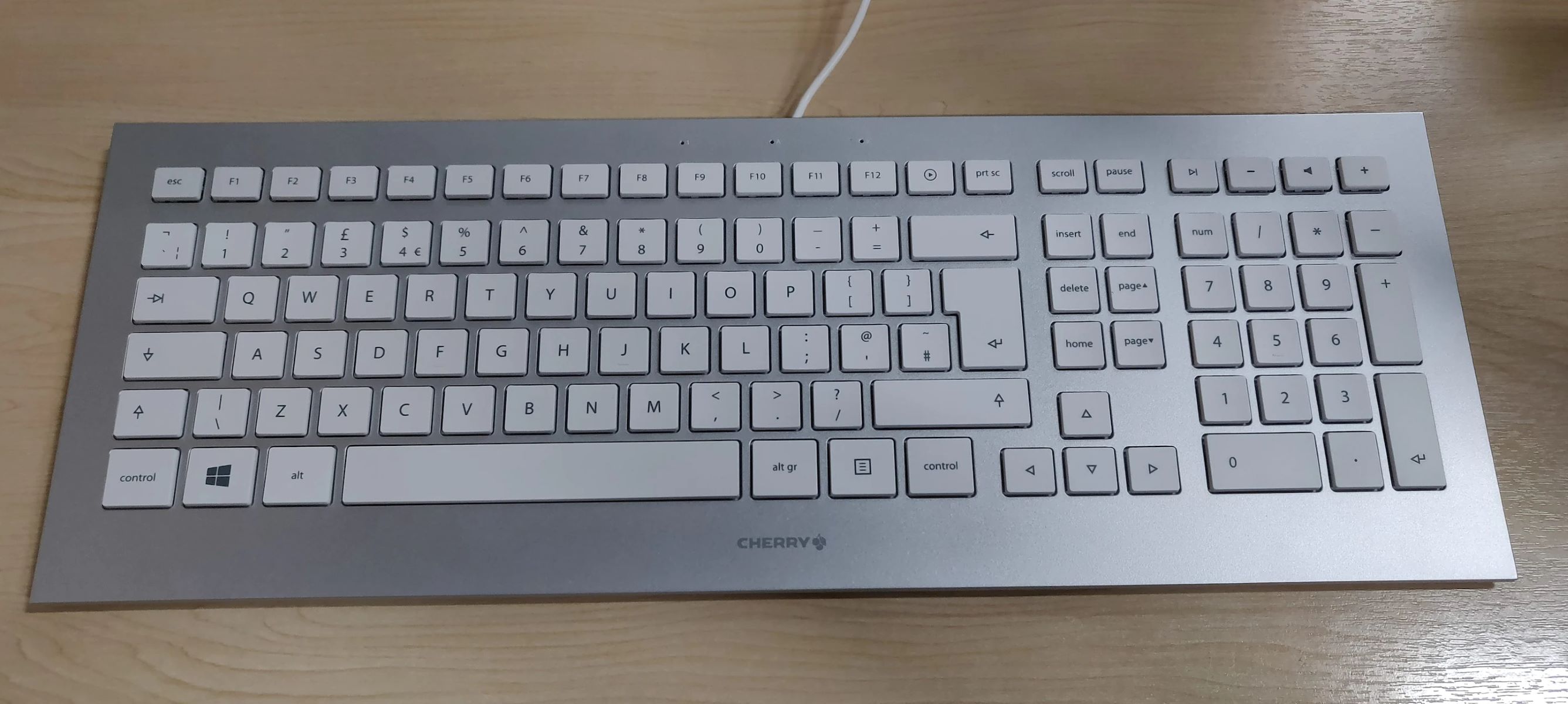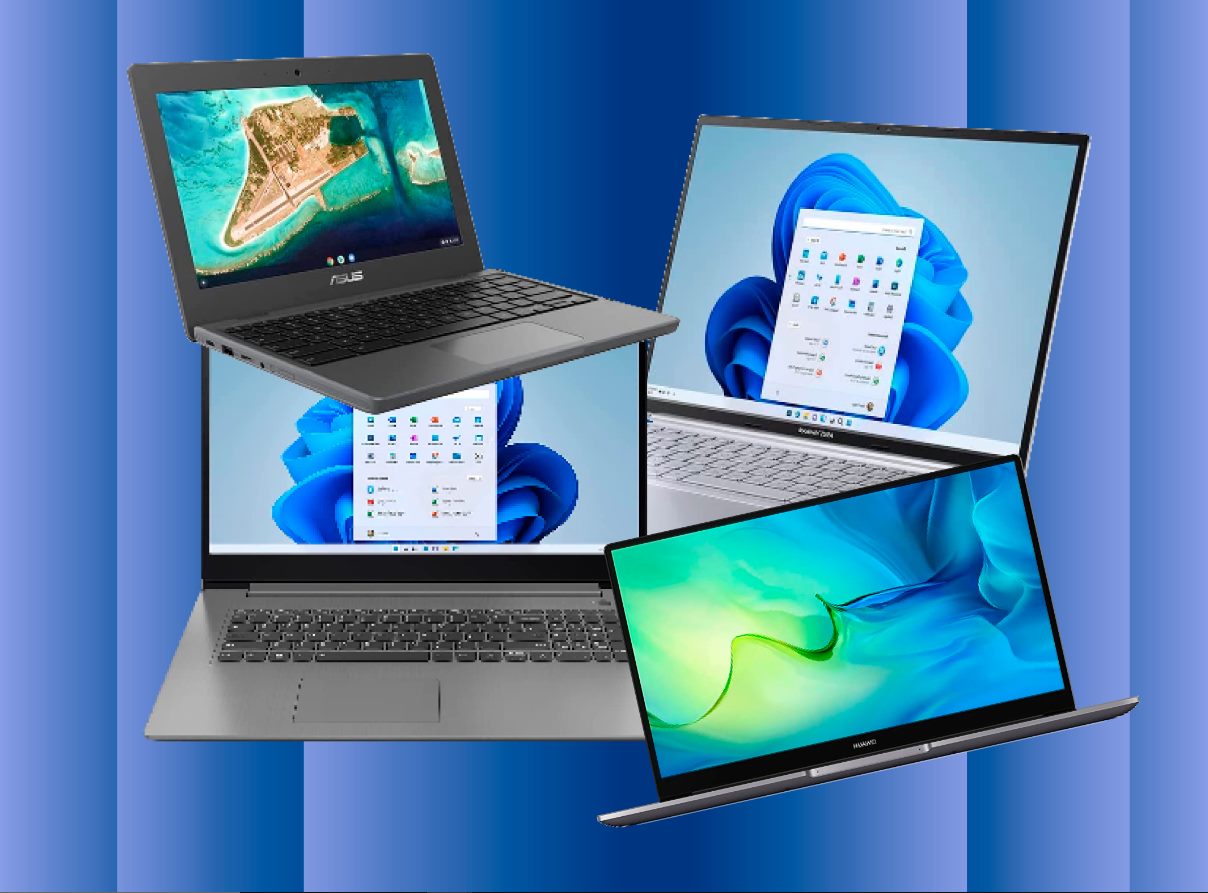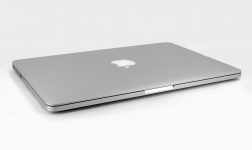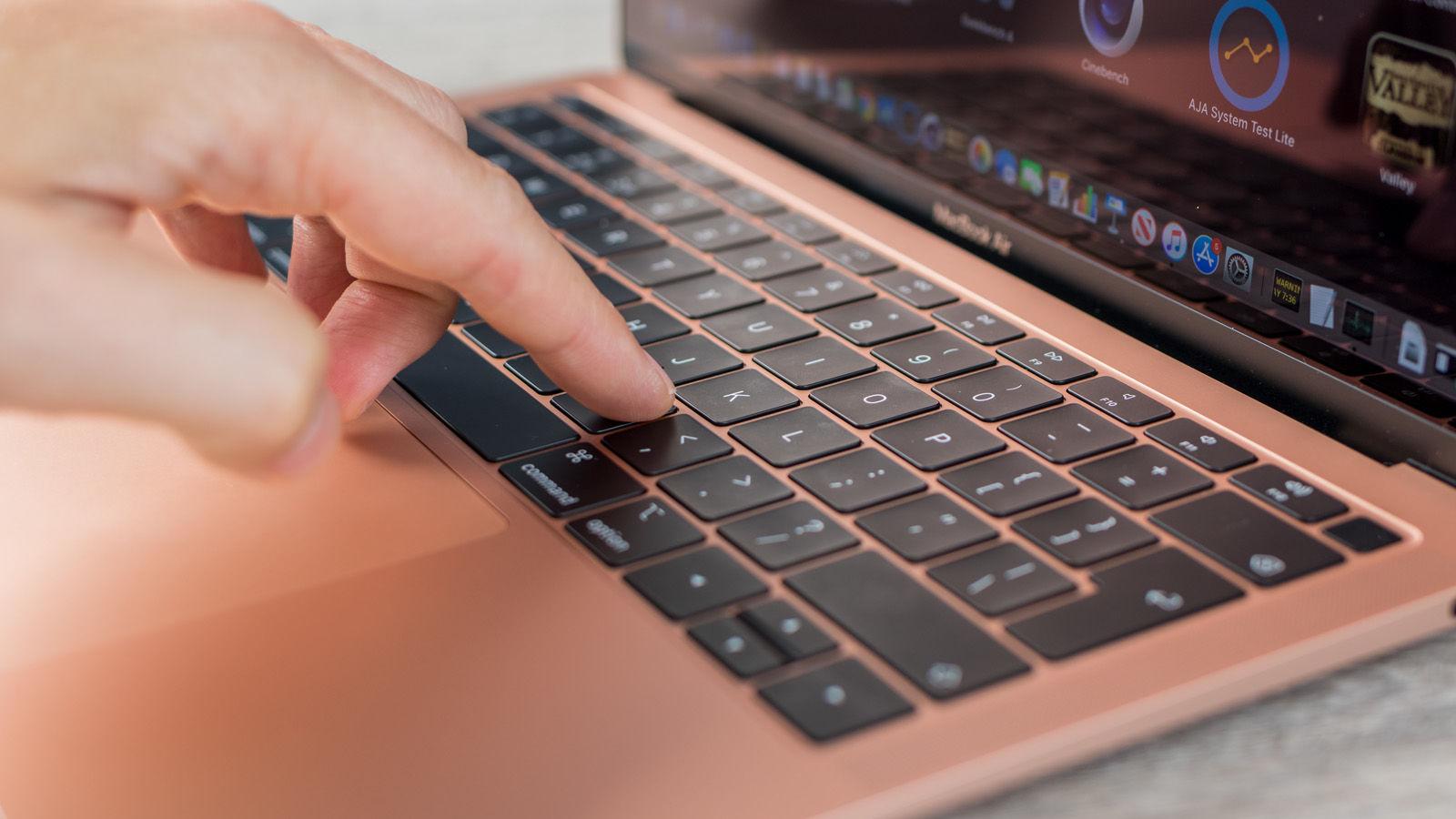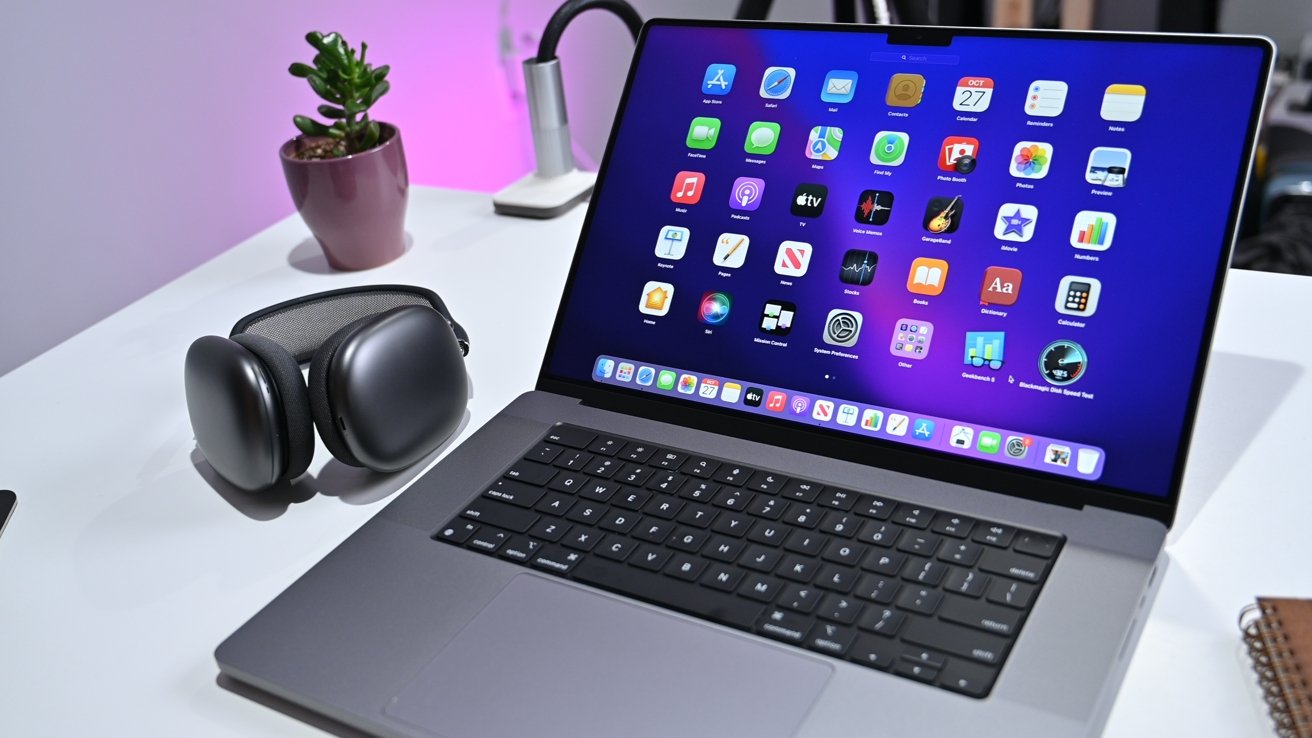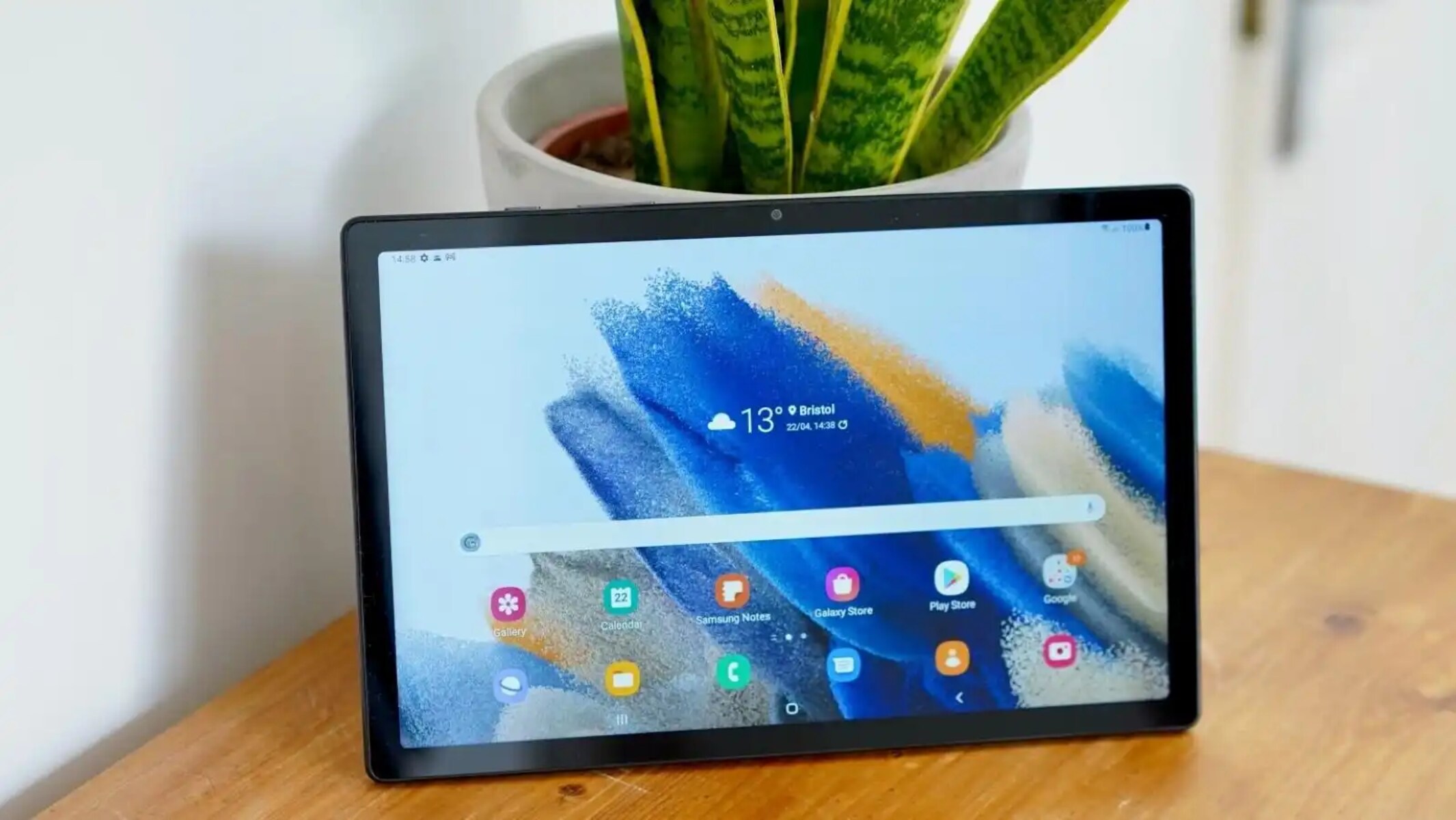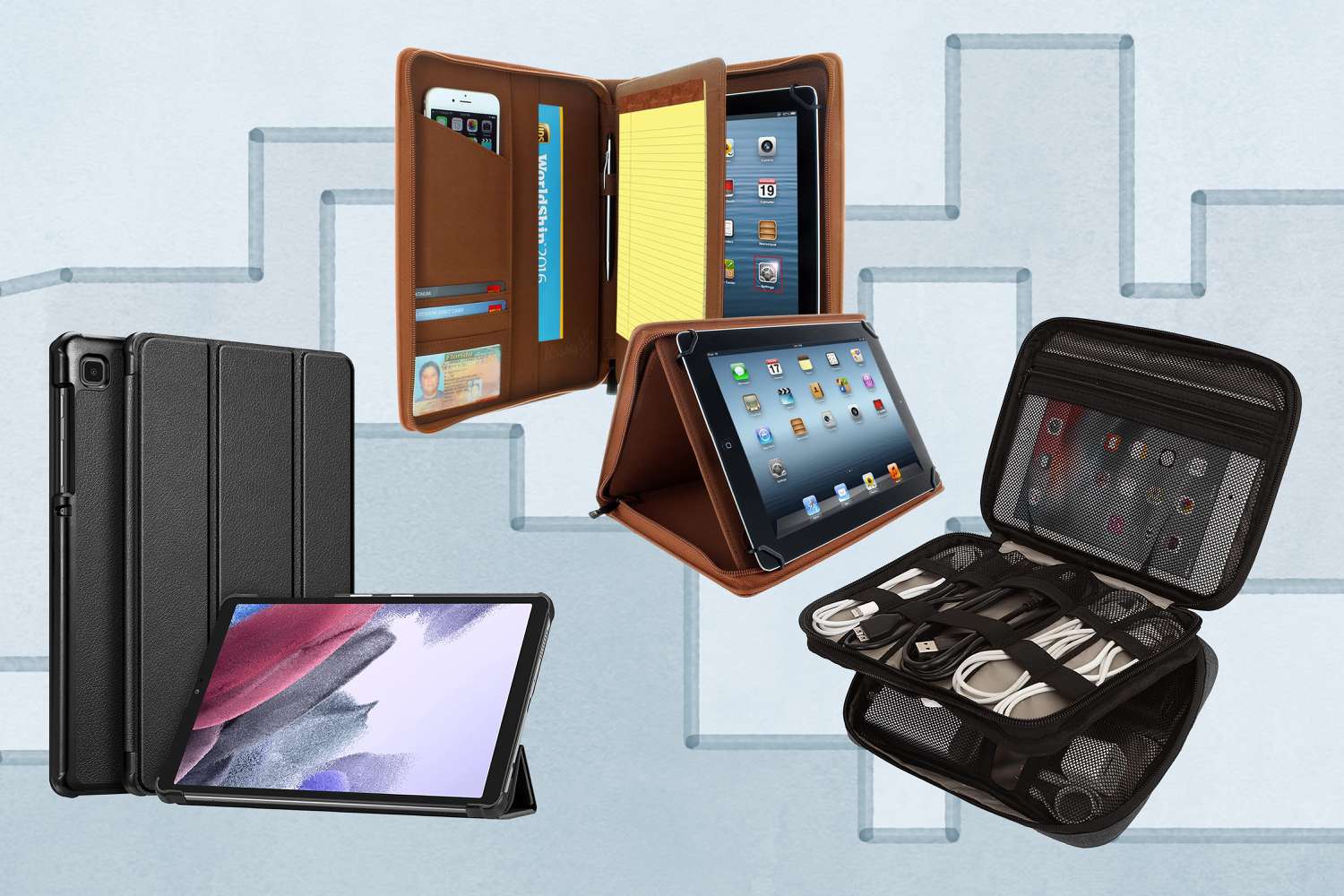Introduction
The Mac Butterfly Keyboard is a distinctive feature found on Apple’s line of MacBook laptops. Introduced in 2015 with the release of the MacBook, it was a departure from the traditional scissor mechanism used in previous keyboard designs. The Butterfly Keyboard was intended to provide a sleeker, more responsive typing experience for users.
However, the Butterfly Keyboard has faced its fair share of criticism and controversy over the years. Many users have reported issues with keys that are unresponsive, sticky, or prone to failure. This has led to frustration and dissatisfaction among MacBook users, especially those who rely heavily on their keyboards for work or creative endeavors.
In this article, we will delve into the history of the Butterfly Keyboard, how it works, its advantages and disadvantages, the controversies it has sparked, and Apple’s response to the issues. We will also provide tips on how to maintain and clean your Butterfly Keyboard to ensure optimal performance.
So, if you are a MacBook user or someone interested in the world of keyboards, join us as we explore the intriguing journey of the Mac Butterfly Keyboard and uncover the ups and downs that have shaped its reputation.
History of the Butterfly Keyboard
The Butterfly Keyboard was first introduced by Apple in 2015 with the launch of the redesigned MacBook. It was hailed as a major innovation in keyboard technology, promising a thinner and more stable typing experience compared to the traditional scissor mechanism.
The inspiration for the Butterfly Keyboard came from Apple’s desire to create a laptop that was even thinner and lighter than its predecessor. The traditional scissor mechanism, though reliable, took up more space and made it challenging to slim down the laptop’s profile.
Apple’s engineering team took on the challenge and developed the Butterfly Keyboard with a unique mechanism that replaced the scissor mechanism with a single butterfly-like hinge. This design allowed for a lower, more uniform key travel and improved stability.
With the release of the MacBook, Apple showcased the Butterfly Keyboard as a breakthrough in keyboard technology, providing enhanced tactile feedback and a more responsive typing experience. The shallower key travel also appealed to users who preferred a crisp and precise key pressing sensation.
However, as the MacBook line expanded to include the MacBook Pro models, the Butterfly Keyboard faced increasing criticism for its reliability issues. Users reported experiencing sticky or unresponsive keys, as well as key failures due to dust and debris getting trapped in the mechanism.
Apple acknowledged these issues and attempted to address them with subsequent iterations of the Butterfly Keyboard, including adding a silicone membrane beneath the keys to prevent debris ingress. However, these modifications did not fully resolve the ongoing concerns and complaints from users.
While the Butterfly Keyboard undoubtedly represented a bold step forward in keyboard design, its history has been marred by a contentious relationship with users. The keyboard’s initial promise of a sleek, responsive typing experience was overshadowed by its susceptibility to mechanical issues. This led to a significant impact on consumer sentiment and raised questions about the long-term viability of the Butterfly Keyboard.
How Does the Butterfly Mechanism Work?
The Butterfly Keyboard gets its name from the unique mechanism used to register key presses. Unlike traditional scissor mechanisms, which utilize two plastic pieces hinged together, the Butterfly Keyboard uses a single butterfly-like hinge for each key.
When you press a key on the Butterfly Keyboard, the butterfly hinge, located beneath the keycap, flexes downward. This downward flexion triggers a sensor, sending an electrical signal to the computer, which then registers the key press.
The design of the butterfly hinge allows for a more stable and uniform key travel compared to scissor mechanisms. It provides a consistent and even pressure distribution across the key, resulting in a snappier typing experience.
The shallower key travel of the Butterfly Keyboard is achieved by reducing the distance the keycap needs to travel before activation. This can provide a faster typing experience for users who prefer a shorter key travel distance.
Furthermore, the butterfly mechanism is designed to be highly resistant to lateral and vertical key wobbling, which can potentially reduce typing accuracy and stability. The rigid structure of the butterfly hinge ensures minimal horizontal movement of the keycap during typing, resulting in more precise keystrokes.
While the butterfly mechanism offered several advancements in keyboard technology, it also introduced some challenges. The shallower key travel and the butterfly hinge design made the keyboard more susceptible to debris ingress, which could cause keys to become unresponsive or sticky over time.
Overall, the Butterfly Mechanism was a significant departure from traditional keyboard designs, aiming to provide a sleek, stable, and responsive typing experience. However, the limitations and challenges it brought along have led to widespread discussions and criticism.
Advantages of the Butterfly Keyboard
The Butterfly Keyboard introduced several advantages over traditional keyboard mechanisms, which contributed to its initial popularity and appeal. Let’s explore some of the key advantages it offers:
- Sleek and Compact Design: The butterfly mechanism allowed Apple to create a thinner and lighter keyboard, which ultimately contributed to the sleek and minimalist design of their MacBook lineup. This thin profile was especially appealing to users who valued portability and a modern aesthetic.
- Enhanced Typing Experience: The shallower key travel of the Butterfly Keyboard provides a different typing experience compared to traditional keyboards. Some users find the crisp and precise key pressing sensation of the butterfly mechanism more satisfying, allowing for faster and more efficient typing.
- Stability and Accuracy: The butterfly hinge design provides increased stability by minimizing key wobbling during typing. This stability, coupled with the rigid structure of the butterfly mechanism, can enhance typing accuracy and make the keyboard feel more solid and sturdy.
- Improved Tactile Feedback: The butterfly mechanism offers a distinct feedback sensation when pressing the keys. The mechanism has a responsive and snappy feel that can be appreciated by users who prefer a keyboard with a distinct tactile response.
- Quieter Typing Experience: The reduced key travel of the Butterfly Keyboard can result in quieter typing, as there is less distance for the keycap to travel and make noise upon release. This can be a desirable feature for those working in quiet environments or for late-night typists.
These advantages made the Butterfly Keyboard an appealing choice for many MacBook users, especially those who valued a sleek design, a different typing experience, and enhanced stability and accuracy in their keyboards. However, it is important to note that the true extent of these advantages is subjective and may vary depending on individual preferences and usage patterns.
Disadvantages of the Butterfly Keyboard
While the Butterfly Keyboard brought some notable advancements in keyboard technology, it also introduced several disadvantages that have garnered significant attention and criticism from users. Let’s explore some of the key disadvantages:
- Reliability Issues: One of the primary concerns with the Butterfly Keyboard is its reliability. Many users have reported issues with keys becoming unresponsive, sticking, or failing altogether. These issues can greatly disrupt workflow and productivity, especially for users who rely heavily on their keyboards for work or creative endeavors.
- Susceptibility to Dust and Debris: The shallow key travel of the Butterfly Keyboard makes it more susceptible to dust and debris ingress. Even small particles can get trapped beneath the keys, causing them to become unresponsive or sticky. This issue can be particularly frustrating for users, as it requires thorough cleaning or even professional repair to rectify.
- Costly Repairs: Repairing or replacing keys on the Butterfly Keyboard can be a costly affair. Due to the intricate design and integrated nature of the keyboard, fixing individual keys often requires replacing the entire keyboard assembly. This can result in significant expenses for users who encounter key issues, especially if the device is out of warranty.
- Incompatibility with Repairability: The butterfly mechanism is notoriously difficult to repair or replace. In an effort to make the MacBook thinner and more compact, Apple made the keyboard an integrated component of the device. Consequently, repairing or replacing individual keys is not a straightforward task and often requires professional expertise or whole unit replacement.
- Adaptation Challenges: The unique butterfly mechanism may require an initial adaptation period for users who are accustomed to traditional keyboard designs. The shallow key travel and different feel of the keys can take some time to get accustomed to, leading to potential discomfort or reduced typing speed during the adjustment phase.
These disadvantages have been a source of frustration and discontent among MacBook users. The reliability issues, susceptibility to debris, and the high cost of repairs have sparked a significant backlash against the Butterfly Keyboard and led to an ongoing debate about its long-term viability as a keyboard technology.
The Butterfly Keyboard Controversy
The Butterfly Keyboard controversy refers to the widespread criticism and dissatisfaction that emerged amongst MacBook users due to the reliability issues plaguing the keyboard. The controversy gained momentum as more users reported problems with their keyboards, sparking discussions and debates within the Apple community and beyond.
One of the major points of contention in this controversy has been the reliability of the keys. Users experienced unresponsive, sticky, or failed keys, which resulted in frustration and hindered productivity. The high incidence of these issues led to widespread skepticism and concerns about the durability of the Butterfly Keyboard.
As complaints mounted, various class-action lawsuits were filed against Apple, alleging design defects and seeking compensation for affected MacBook users. These legal actions highlighted the severity of the issues faced by users and their collective frustration with the lack of a satisfactory resolution.
The controversy also sparked discussions about Apple’s quality control and level of customer support. Critics argued that Apple’s response to the keyboard issues was inadequate, as it involved short-term fixes rather than long-term solutions. Many users expressed dismay over the high cost of repairs and the limited warranty coverage for keyboard-related problems.
Additionally, the Butterfly Keyboard controversy raised concerns about the impact of the keyboard issues on Apple’s reputation. Apple had long been praised for its attention to detail and innovative design, but the persistent problems with the Butterfly Keyboard cast doubt on the company’s commitment to quality and user experience.
The controversy generated significant media attention and heated debates in online forums and social media. Users shared their personal stories and frustrations, creating a collective voice demanding a resolution from Apple. This pressure compelled Apple to respond to the controversy and address the concerns of its customers.
Overall, the Butterfly Keyboard controversy brought to light the significant flaws and drawbacks of the keyboard design, putting Apple under scrutiny and forcing them to re-evaluate and make changes to address the widespread dissatisfaction among MacBook users.
Apple’s Response and Changes Made
Faced with mounting criticism and a growing number of complaints, Apple responded to the Butterfly Keyboard controversy by acknowledging the keyboard issues and taking steps to address them. Here are some of the key responses and changes Apple made:
- Repair Program: Apple initiated a Keyboard Service Program to provide free repairs or replacements for affected MacBook models experiencing keyboard issues. This program aimed to alleviate the financial burden on users and offer a solution to those experiencing ongoing problems with their keyboards.
- Improved Keyboard Design: In 2018, Apple introduced a revised version of the Butterfly Keyboard with the MacBook Pro models. This new design incorporated a silicone membrane beneath each key, aimed at reducing the impact of debris ingress and improving the keyboard’s reliability.
- Extended Warranty Coverage: In response to the criticism surrounding keyboard reliability, Apple extended the warranty coverage for MacBook models affected by the keyboard issues. This provided users with an extended period of warranty protection, offering peace of mind and a potential remedy for those experiencing keyboard problems.
- Commitment to User Feedback: Apple expressed its commitment to listening to user feedback and actively incorporating it into future product iterations. This acknowledgement of user concerns signaled a shift towards prioritizing keyboard reliability and customer satisfaction in future MacBook designs.
- Transition to Scissor Mechanism: In 2019, Apple announced that it would be phasing out the Butterfly Keyboard in favor of a new scissor mechanism keyboard. This decision was met with enthusiasm from users who had been vocal about their frustrations with the Butterfly Keyboard’s reliability.
These responses and changes demonstrated Apple’s willingness to address the concerns raised by MacBook users and to rectify the issues associated with the Butterfly Keyboard. By implementing repair programs, improving the keyboard design, and transitioning to a more robust scissor mechanism, Apple sought to regain user trust and ensure a more reliable typing experience.
It is important to note that while these changes were made in response to the Butterfly Keyboard controversy, the true impact and effectiveness of these measures can only be assessed over time as users experience the new keyboard designs and evaluate their reliability.
Steps to Maintain and Clean the Butterfly Keyboard
Maintaining and cleaning your Butterfly Keyboard is essential to ensure its performance and longevity. Here are some steps you can follow to effectively maintain and clean your keyboard:
- Frequent Dusting: Regularly remove dust and debris from your keyboard by using a soft, lint-free cloth or a can of compressed air. Gently brush the keys and the surrounding areas to dislodge any particles that may be trapped.
- Use a Keyboard Cover: Consider using a keyboard cover to protect your Butterfly Keyboard from dust, spills, and other potential hazards. Keyboard covers provide an additional layer of protection and can be easily cleaned or replaced if necessary.
- Practice Proper Hand Hygiene: It’s important to keep your hands clean while using your laptop. Avoid eating or drinking over the keyboard, as this can introduce debris and liquid into the mechanism. Regularly washing your hands before using the keyboard can help prevent dirt and oils from accumulating on the keys.
- Address Sticky Keys: If you encounter sticky keys, you can try using a cotton swab dipped in isopropyl alcohol to gently clean the affected keys. Dampen the cotton swab slightly, ensure it is not dripping, and gently clean the keycaps and surrounding areas.
- Avoid Excessive Force: When typing, refrain from applying excessive force to the keys. The Butterfly Keyboard is designed to register key presses with a lighter touch. Applying excessive pressure can potentially damage the mechanism or cause keys to become unresponsive.
- Professional Cleaning: If you are experiencing persistent issues with your Butterfly Keyboard or are unsure about cleaning it yourself, it’s recommended to seek professional assistance. Apple-certified technicians have the expertise to disassemble and clean the keyboard properly.
By following these steps, you can maintain the performance and reliability of your Butterfly Keyboard. Regular cleaning and proper maintenance practices will help prevent debris buildup, reduce the risk of sticky keys, and ensure a smooth and efficient typing experience.
Conclusion
The Mac Butterfly Keyboard has certainly made its mark in the world of laptop keyboards, offering a sleek design and a different typing experience for MacBook users. However, its journey has been riddled with controversy and criticism due to reliability issues and concerns regarding debris ingress.
Apple has responded to the feedback from users and made efforts to address the problems associated with the Butterfly Keyboard. Repair programs, improved keyboard designs, extended warranty coverage, and the transition to a more robust scissor mechanism are all steps taken by Apple to rectify the issues and regain user trust.
As MacBook users, it is important to maintain and clean our keyboards regularly to ensure optimal performance. By following recommended practices such as dusting, using a keyboard cover, practicing proper hand hygiene, and avoiding excessive force, we can prolong the lifespan of our keyboards and minimize the risk of sticky or unresponsive keys.
While the Butterfly Keyboard controversy has shed light on the flaws of this particular keyboard design, it has also served as a catalyst for change. Apple’s response to the controversy demonstrates their commitment to addressing user concerns and improving the overall user experience.
As Apple continues to innovate and refine their products, it will be interesting to see how they strive to deliver keyboards that balance thinness, aesthetic appeal, and reliability. The transition to the scissor mechanism in newer MacBook models indicates a step towards prioritizing reliability, but only time will tell how this change will be received by users.
Ultimately, the Mac Butterfly Keyboard has left a lasting impact on the world of laptop keyboards, both in terms of design innovation and the challenges it has presented. The controversies and criticisms it faced have spurred conversations about the importance of reliable and durable keyboards, driving manufacturers to prioritize the needs and expectations of their users.







